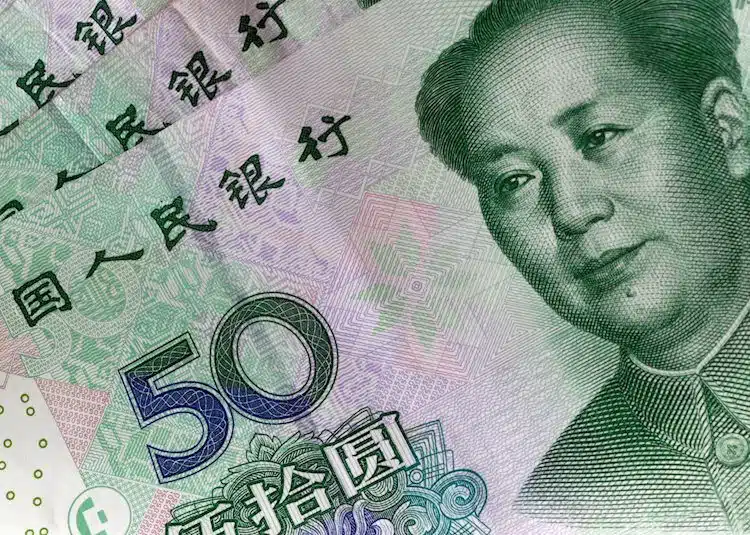In recent trading, the People’s Bank of China (PBOC) set the yuan at 6.8847, slightly below an estimation of 6.8853 and lower than its last close of 6.8947. As China’s financial capital, the PBOC keeps a strict control on the yuan’s rate within mainland China.
The onshore yuan (CNY) differs from the offshore yuan (CNH) in terms of trading restrictions; the offshore yuan is not as tightly controlled. Every morning, the People’s Bank of China (PBOC) sets a daily midpoint fix. This is based on the yuan’s previous day’s closing level and quotations taken from the inter-bank dealer. The PBOC has this control because the onshore yuan trades at a more resilient level compared to the offshore yuan. This strict control of the CNY can lead to issues for the Chinese economy.
For the Chinese economy, it is necessary to balance the forces of strict government control and external market forces. This delicate balance allows China to maintain strict control over its currency rates, as well as being able to avoid pegging the onshore yuan to the USD or moving to a completely floating exchange rate system.
The PBOC’s strict control of the yuan’s rate in mainland China has several positives for the Chinese economy. For example, maintaining strict control of the yuan’s rate on the mainland can help to stabilise the economy, as it prevents extreme currency fluctuations that can hurt domestic businesses.
Moreover, it can also provide Chinese authorities with greater flexibility over the country’s monetary policy, which in turn can help promote financial stability within the region. Lastly, strict control of the yuan’s rate can also be vital for helping to maintain social order and stability within the country, as it prevents the kind of sudden economic fluctuations that can lead to unrest or upheaval.
However, there are also negatives to the strict control set by the PBOC. For one, the tight control of the yuan’s rate within mainland China can lead to inefficiencies within the economy, as it can prevent the currency from adjusting to global market conditions. This can make it difficult for the Chinese economy to adapt, as well as cause a lack of confidence amongst foreign investors in the market.
Additionally, the PBOC’s tight control can lead to a lack of transparency within the Chinese financial system. This can make it difficult for international observers and investors to trust the Chinese market, which in turn can impede global cooperation and partnerships.
Lastly, the tight control of the yuan’s rate in mainland China can put pressure on the Chinese economy, as it can lead to issues relating to the country’s large trade surplus with the United States. This imbalance can cause tensions between the two nations, leading to potential trade disputes or even conflicts that could hurt both countries’ economies.
In summary, the PBOC’s strict control of the yuan’s rate within mainland China can be both beneficial and problematic for the country’s economy. On one hand, it can help promote financial stability, allowing Chinese authorities greater flexibility over monetary policy and preventing extreme fluctuations that could harm domestic businesses. On the other hand, it can lead to a lack of transparency in the financial system, as well as inefficiencies and possible trade disputes.
It is clear that the PBOC must strike a delicate balance between maintaining strict control of the yuan’s rate on the mainland and allowing for the influence of external market forces. This balance is crucial for the continued growth and development of the Chinese economy in the global marketplace, and it also helps to maintain social order and stability within the country.
Overall, the PBOC’s daily midpoint fix plays a significant role in the Chinese economy, controlling the value of the onshore yuan and thereby influencing the country’s trade balance and financial stability. It is important for the Chinese authorities to consider the impacts of their control strategies so that they can maintain the right balance between economic stability and flexibility for the benefit of their country and the global economy.


